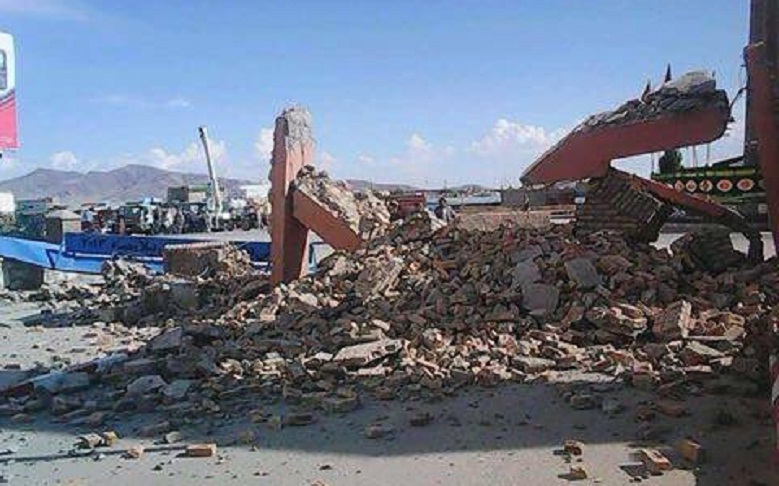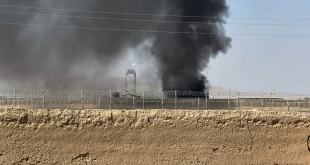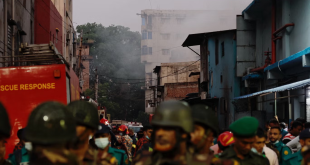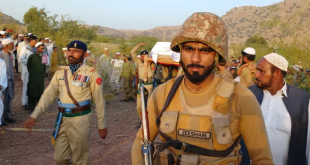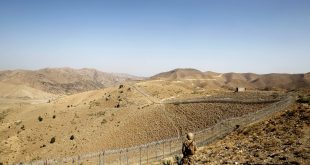“Access too many of the quake-affected areas remains the most significant disaster response challenge”
AT-KABUL: Death toll from the Monday’s powerful earthquake mounted as the Ministry of Disaster Management Affairs said Saturday that the toll have climbed to 118.
The Minister for Disaster Management Affairs, Wais Barmak told Afghanistan Times on Saturday the death toll across the country from the massive earthquake is somewhere between 115 and 118.
He said that assessment and relief assistance is in progress in 70 districts of 13 affected eastern and northeast provinces.
“To address the post-quake challenges, we used provincial stocks and provided people with foods and shelters in the affected areas,” he added.
Zafar Hashemi, the deputy spokesman for President Ashraf Ghani said that 115 people have been killed, 538 injured, 7630 houses damaged, 12 schools, 17 mosques and 20 office buildings also damaged by the massive earthquake.
Provincial Council Member for Nangarhar, Zabihullah Zemarai, said that relief items have been distributed among the affected people in different districts of Nangarhar by the concerned government and non-government organizations, however, looking at the needs of the affected people, the assistance looked very small. He said the people need more assistance therefore the government and humanitarian organizations must help more generously.
Meanwhile Office for the Coordination of Humanitarian Affairs (UN-OCHA) issued a statement late last night where the office reported that so far 70 districts have been identified as worst hit with houses completely destroyed in the 13 provinces by the massive earthquake of October 26. This is pertinent to mention there has been no increase in the death toll reports, which is a sign of hope, yet the people needs are higher than what the government and non-government organizations have been doing in terms of assistance and relief items provision. There has been an increase in the number of houses damaged as the climbed from 2,460 to 2,504. The government has started distributing cash payments to those who lost their family members to the earthquake.
International Organization for Migration Humanitarian Assistance Program reported that joint assessments, in approximately 30 percent of the 120 quake-affected districts, have been completed.
32 humanitarian partners have been supporting the Provincial Disaster Management Committee-led assessments. The assessments to determine loss of life and property damage are expected to continue through the weekend. The Red Crescent Society takes the lead in reaching out to remote areas in eastern Afghanistan.
20 humanitarian partners have committed to providing humanitarian assistance, with reports indicating that humanitarian assistance has begun in 19 districts. It has been assessed that sufficient cash, food and non-food items (NFIs) are available in the eastern region of the country to respond to the needs of some 4,000 families. Additional resources will be required to support an estimated 3,000 families throughout the winter, and notwithstanding the overall sufficiency of supplies, access difficulties in areas such as Nuristan will invariably delay the delivery of those supplies. In Takhar province, food, non food items (NFI) and tents are being provided by some three organizations including Afghanistan National Disaster Management Agency (ANDMA). Within the health sector, the critical trauma and emergency phase of this disaster has passed and the focus has now transitioned to one of managing surgical patients and providing psychosocial support to traumatized communities.
With snow already falling in parts of Badakhshan province, emergency shelter and winterization are particularly pressing concerns. Access too many of the quake-affected areas remains the most significant disaster response challenge, so far and once mountains are snow-covered and the routes are blocked, the relief assistance will be hampered.
 Afghanistan Times Latest News and Analysis from Afghanistan and the Region
Afghanistan Times Latest News and Analysis from Afghanistan and the Region
